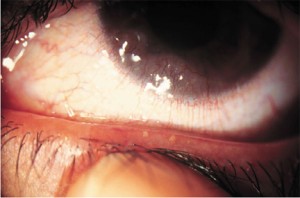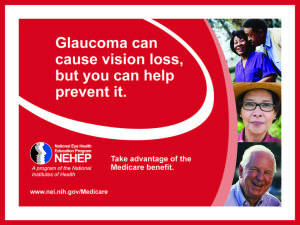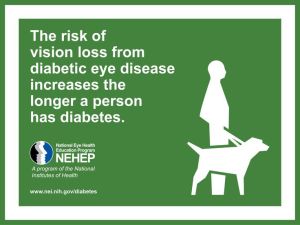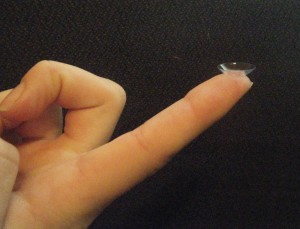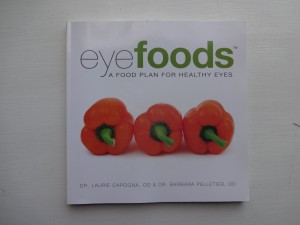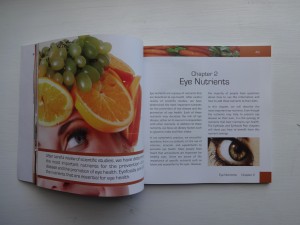The eyes are the window to the soul
In honor of Valentine’s Day, I want to explain why the eyes are the window to the heart.
Abnormalities of the blood vessels in the retina can be used to indicate complications for diabetes, hypertension, stroke and heart disease.
The retina is a membrane that lines the eyeball and receives light and converts it into signals that reach the brain and result in vision. During a dilated eye exam, Drs. Griffith and Staton examine the retina and blood vessels. Changes in the vessels such as narrowing or ballooning is suspicious of cardiovascular disease. Systemic diseases, that affect the body or its organs, such as hypertension, diabetes, AIDS, Graves’ disease, lupus, atherosclerosis, multiple sclerosis, rheumatoid arthritis and sickle cell anemia often cause changes in the eye that show up as red dots or small blood clots. Blood vessels of the eyes are so predicative because they are part of the brain’s vascular system, so they share anatomical features and respond similarly to stress and disease.
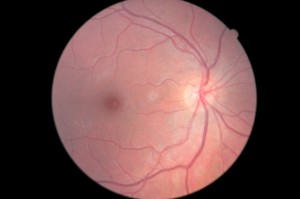
In fact, eyes are so transparent compared to the rest of the body that they are the only organ that allows doctors to directly see blood vessels. The use of digital fundus photography allows the doctor to analyze the retina and vessels and compare the pictures to previous photos taken.
Let us gaze into your eyes.



